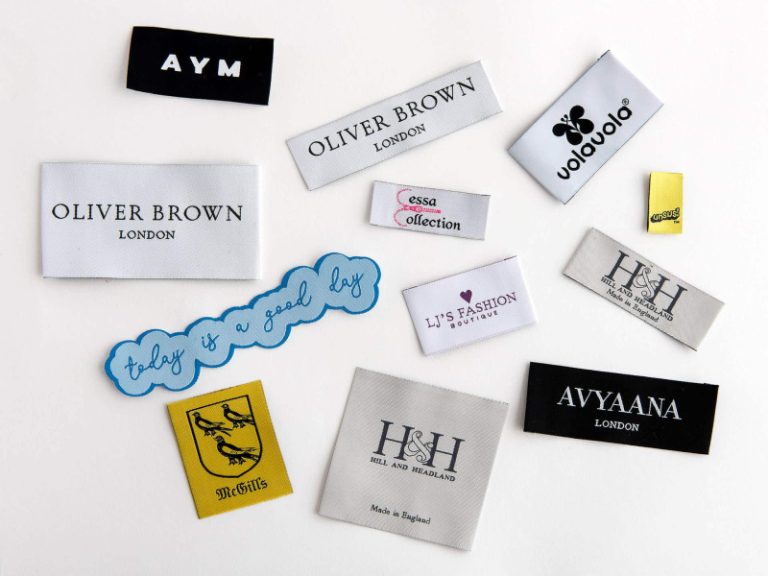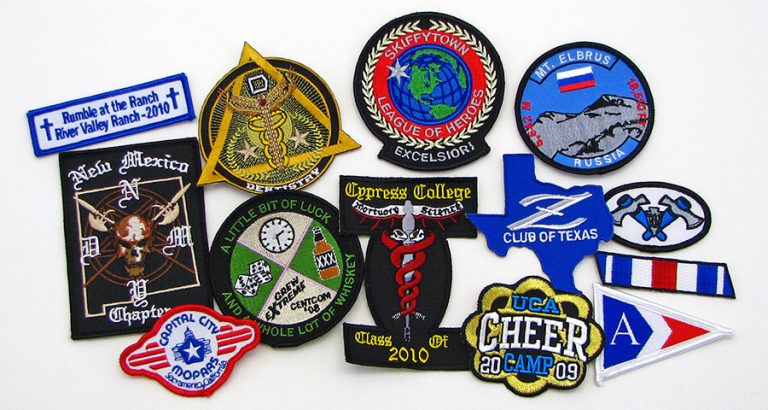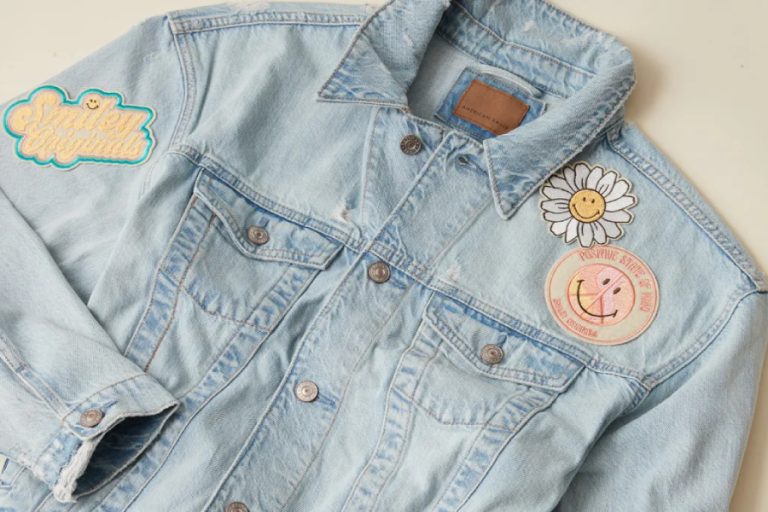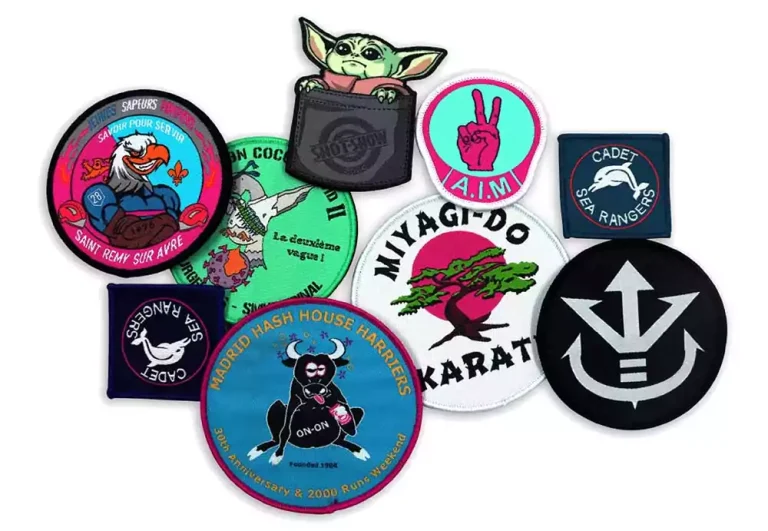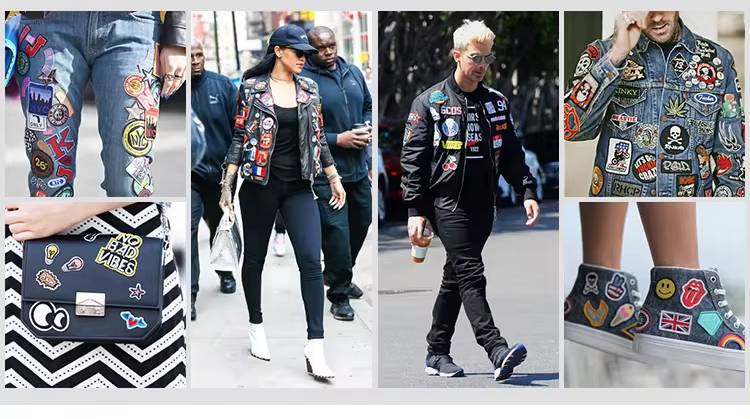How To Create Logo-Ready Woven Labels That Identify Your Brand
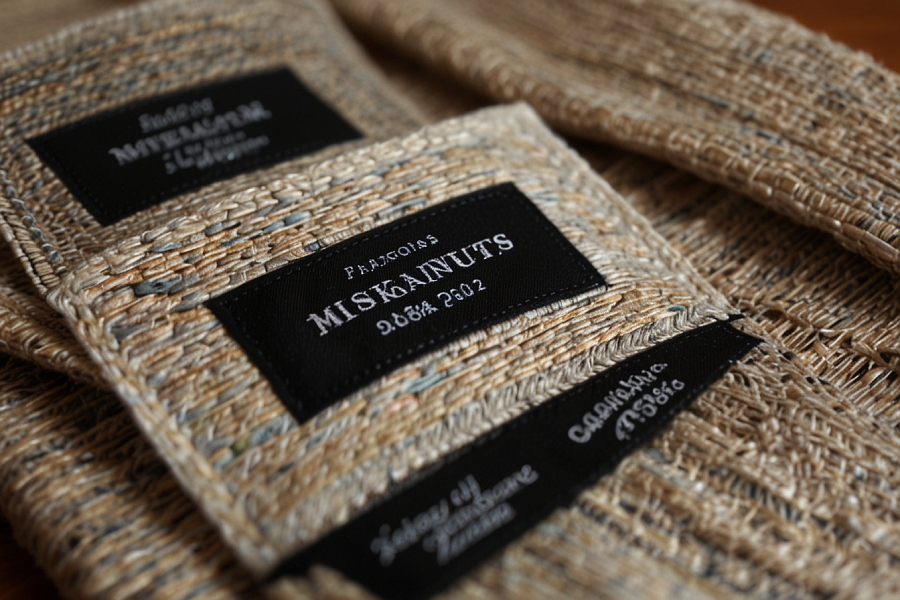
Building a strong brand identity is important for every business. Custom woven labels are one of the unique and effective identifiers for brands, especially clothing brands. These woven labels not only identify your brand but also serve as a tactile representation of your brand’s quality, value, and unique aesthetics. Furthermore, these logo-ready woven labels are durable, with a longer lifespan and resistance to wear, tear, and fading. In this blog, we will discuss the methods for creating woven labels that effectively identify your brand.
Steps to Create Woven Labels for Your Brand
1. Define Your Brand’s Identity
Before moving on to the actual steps of creating a logo, you need to understand your brand’s personality, which includes minimalism, luxury, eco-consciousness, ruggedness, sophistication, or playfulness. The next thing to look for is the brand’s core values, which include craftsmanship, innovation, affordability, and sustainability. Moreover, you should identify your target audience for your brand and explore ways to effectively display your Unique Value Proposition (UVP). Furthermore, you should also consider your brand’s vision and mission. Additionally, you can focus on identifying the competitive landscape and its key competitors. You need to focus on the strategies they use to create logos, from their design to the meaning behind them. Furthermore, you need to focus on how successfully they represent themselves and what you can learn from them.
2. Focus on the Design of the Label
The next step is to focus on the design of the woven label. During this, you need to recognise the visibility of the logo and name on the label. You need to ensure that the typography and the image of the logo are visible, even from a distance, and regardless of the label size. You need to further focus on the colour palette of the logo. It includes the colour of the logo’s background, the colour of the image and the typography. Within typography, you need to consider the font style, size, placement and colour. The right use of these elements, along with ensuring that they perfectly convey the meaning and the identity of the brand. For example, a logo for sustainable fashion apparel would consist of minimalist design in colour, texture, employing simple typography and visual representation. The background of such logos should preferably be of green and blue colour spectrums.
3. Choose the Right Label Type and Weave
It is also important to select the correct label type and weave for your woven labels. You can choose from materials including Damask, a high-quality woven label that offers a fine and delicate tactile texture, making it ideal for intricate logo details. The type is more durable and is used mainly by renowned brands. The other is the satin one that offers a smooth and shiny texture for a luxurious feel. Another option includes a taffeta label, which is more economical and coarser in weave, and is best suited for simple and larger texts. Cotton is also one of the most durable and expensive weave types, known for its high quality and soft texture.
4. Identifying the Size and Placement of the Logo
You now need to identify the correct size and placement of the logo on the woven label. An ideal logo size and typography should not be so small that they become unreadable or so large that they occupy the majority of the space and almost become too overwhelming. Furthermore, you need to consider appropriate cuts and folds for the label. You can choose from options like end fold, centre fold, Manhattan fold, and a variety of cuts, including ultrasonic, laser, and straight cuts. Moreover, you need to consider the placement of the logo and taglines, etc., on the label. You need to ensure that all the details fit proportionally and perfectly on the label, without overshadowing the other elements. Furthermore, if you are short on time and want to avoid the hassle of creating these labels, you can order them from various websites offering woven labels NZ.
5. Incorporate Other Important Information
You should also be mindful of other details on the logo, such as the country of origin of the product, material content (e.g., 100% cotton or 100% polyester), and care instructions. Additionally, you can include the brand’s tagline, the item’s size (especially if it’s a clothing item), or mention the brand’s website or social media handles. All such details help the customer identify the type and quality of the item, from its size to its material. Details like incorporating social media handles are a form of marketing that enables customers to reach your brand via these platforms.
6. Request Label Samples
After designing your logo labels, the next step is to contact the manufacturer online or via B2B marketplaces. There are several suppliers who offer a variety of embroidered patches NZ and can customise these tags for you. Before moving on to the final version, you can request sample designs from the manufacturer for your woven labels. These samples will help you see the labels in their actualised form, which will be different in every way from the samples you submitted online in PDF, PNG, or JPG format.
Final Thoughts
Creating a logo-based woven label helps the brand establish a standout identity and positioning in its category, serving as a unique marketing strategy. To create this, you need to consider the material of the label. We recommend choosing from cotton and Damask, as they are more durable than other types of fabric. Furthermore, for the design, you can choose from a bold and luxurious style to a minimalist one, whichever aligns with the identity of your brand. Additionally, consider the size and placement of the logo, the typography, which typically includes a tagline, the material’s size, and the care instructions for use. After completing the design, it is time to contact a reliable manufacturer. Before ordering, it is also important to request samples to allow for future alterations.

